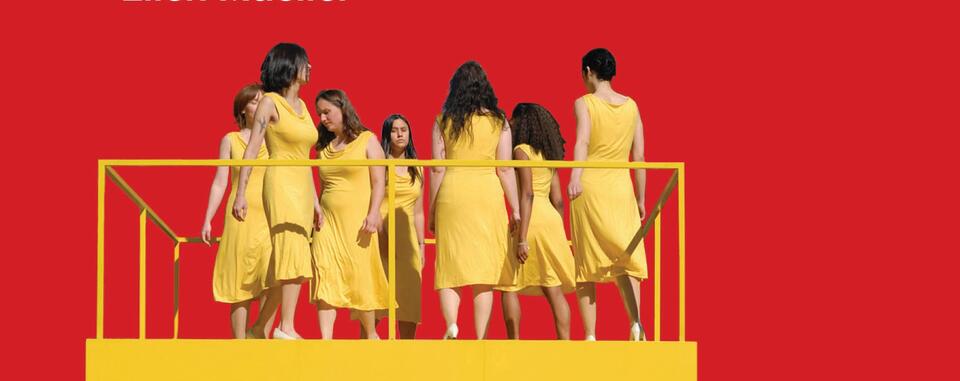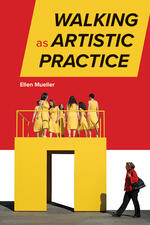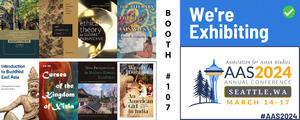
10 Reasons to Investigate Walking as Artistic Practice
Guest post by Ellen Mueller, author of Walking as Artistic Practice
What happens when you consider walking as an artistic practice and why might you want to? Check out this list, and you’re likely to encounter at least one facet of walking as artistic practice that sparks your interest, along with a sample artistic example for each one.
- Commuting: While not everyone can walk to work, those who can might be interested to know several artists have taken this type of walking as their artistic focus. Visual artist Michael x. Ryan traced spilled drinks he happened upon during his commute.
- Travel and Tourism: Whether you’re traveling near or far, by yourself or in a group, it can be helpful to think about how people have walked there before you. Some turn to familiar forms like the walking tour and add a unique spin, such as Camille Turner’s use of a beauty queen persona to activate Black history in Toronto.
- Thinking and perspective taking: Many people will turn to a walk to clear their mind or focus on a particular challenge. Cecilia Ramón created a mown-grass earthwork, Free Range Trials, inviting participants to follow the path and reflect on ocean currents, water movements, and aquatic organisms by walking the planetary path of the Thermohaline Ocean Global Current.
- Examining who gets to walk and where: Nearly everyone has had an experience of feeling unwelcome as they are walking in one place or another, and many artists have explored this concept. For example, JeeYeun Lee completed a series of twenty-five-mile walks entitled "Walking Detroit," in which she wore a traditional Korean dress made from denim to acknowledge the history of slavery in cotton and indigo, and acknowledge her status as an uninvited guest on Anishinaabe land.
- Meditative qualities: Many people are familiar with the way a walk can clear your mind and create a state of relaxed focus. Artist Hamish Fulton staged a highly focused walk around a block where a group of participants tried to maintain a two-meter distance between each of themselves for two hours.
- Connecting with nature: Getting outside for a walk has great health benefits. Artist collective “Spurse” has led many foraging walks, inviting participants to learn how to safely eat plants in urban environments.
- Activism: Walking is a great way to engage groups of people in activist endeavors. Cannupa Hanska Luger and Rory Wakemup organized the Mirror Shield Project as a part of the resistance to the Dakota Access Pipeline construction. 150 water protectors walked in various formations with reflective shields held overhead to create a video via drone camera.
- Walking with animals: Dog owners are familiar with the daily ritual of walking with an animal. Rebecca Gallo collected trash on her dog walks and developed sculptures from the found materials.
- Tests of character: Walking really distances or particularly challenging routes appeals to some as a test of character, and artists have used this in their works too. Francis Alÿs spent nine hours walking and pushing a block of ice through the streets of Mexico City in "Sometimes Making Something Leads to Nothing."
- Celebration via parades and processions: A popular choice among artists, parades and processions are a fun mode of walking. Dave McKenzie created his own parade balloon of himself to be walked in a fourth of July parade and highlight issues of Blackness, celebrity, and occupying public space.
These examples and many more (over 300) are included in Walking as Artistic Practice, along with more than 75 exercises to further your investigation into walking and art.
Ellen Mueller is Director of Programs at Arts Midwest. She is the author of Elements and Principles of 4D Art and Design and Remixing and Drawing: Sources, Influences, Styles.


